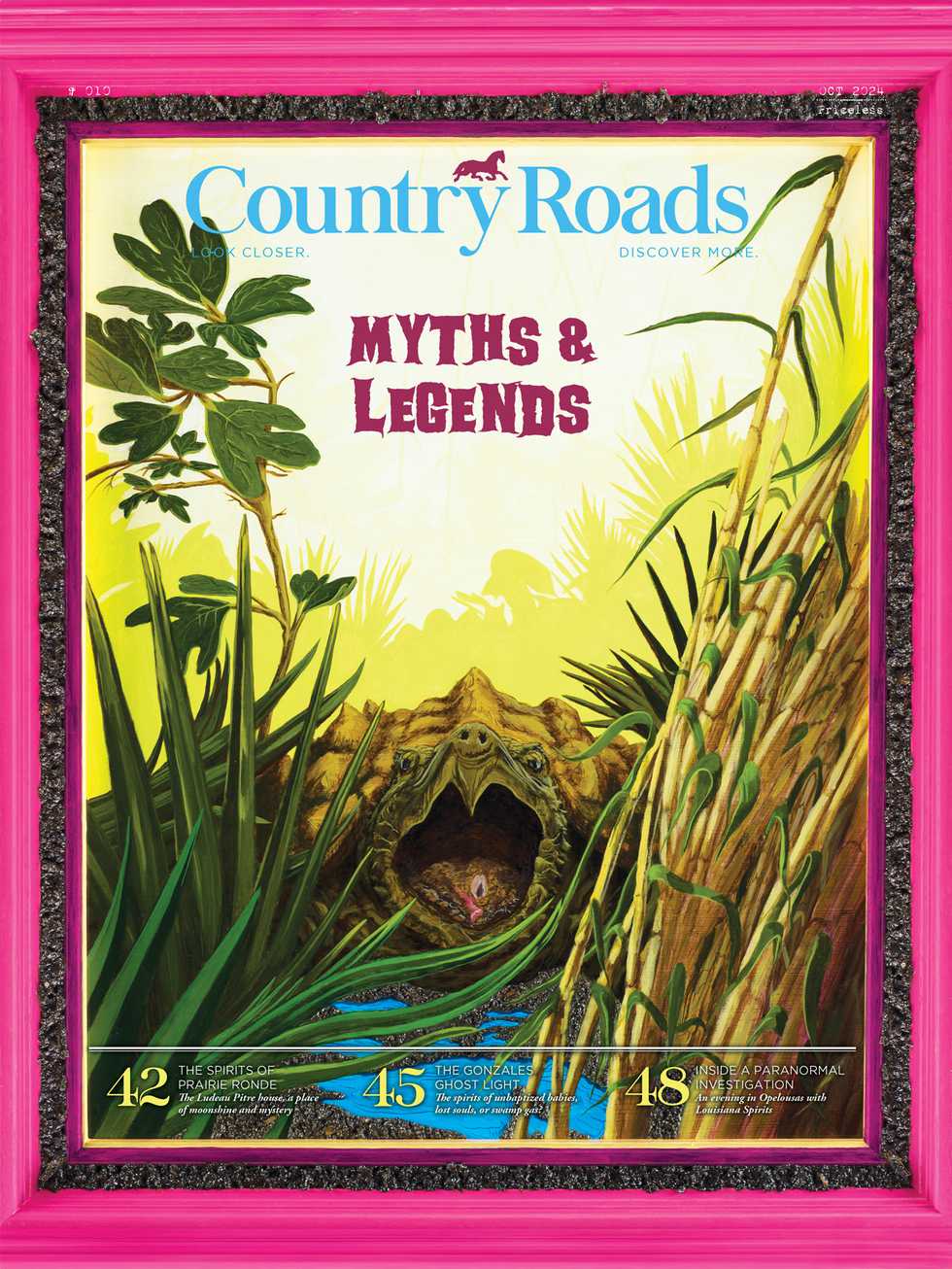
Lucie Monk Carter
LSU AgCenter agent Lee Rouse uses his own yard as testing ground for plant propagation, chicken rearing, and getting his children to eat vegetables. Below, he offers nine tips, sorted into three categories, that the smart springtime gardener will follow. Read more about Rouse in our March 2019 article here.
Trees:
Now through February is the optimum time to plant new trees in the landscape. Before deciding on a species, drive around town or look online to see mature landscape size
Check Magnolias and Hollies for scale and treat with horticultural oil (generally considered organic)
Leaf drop is still occuring at this time. Consider using fallen leaves as a mulch or add to compost as opposed to bagging and adding to landfill
Vegetables
Root crops such as carrots, radishes, turnips, and beets can be direct-seed
Cool season vegetables will need continued fertilizer treatments during the winter as needed
If you haven’t experimented with lettuce varieties, consider trying some unique colors and textures. It will create a highly impressive salad. Watch for aphids. Use horticultural oil or insecticidal soap. (generally considered organic)
Bulbs
Tulips and hyacinths must be refrigerated in order to give the bulbs the appropriate chilling hours.
To have a mass of tulips blooming all at once, choose bulbs from the same class such as single early, double early, or triumph.
Amaryllis bulbs can be grown inside, next to a sunny window. But wait until spring to plant outdoors.
Follow along with Rouse on Instagram, @rouses_horticulture.

